DEFENSE
Spanish troops deploy near Russia with orders to “avoid provocation”
Spain brings powerful contingent to NATO deterrence mission in Latvia, near the Russian border
MIGUEL GONZÁLEZCorresponsal diplomático y de Defensa de EL PAÍS
Madrid
The Spanish army’s Leopard combat tanks had never participated in a foreign mission until now. And not since the times of the Blue Division – a unit of Spanish volunteers who served with the German army on the Eastern Front during WWII – have Spanish troops been this close to the Russian border: just 200 kilometers away.
Spanish general Francisco José Dacoba Cerviño in front of a Pizarro combat vehicle. OC BRIGADA XI
Under NATO’s umbrella, a tactical subgroup made up of 300 troops and 80 vehicles from the western Spanish area of Badajoz has begun deploying at Ādaži military base in Latvia. The guidelines are clear: “Keep a defensive profile and avoid provocations.”
“It’s a defensive mission, and above all one of deterrence,” said General Francisco José Dacoba Cerviño, head of the Extremadura Brigade, which is contributing the bulk of the troops, in a conversation with EL PAÍS.
If Russia were to attack, troops would have to contain the first advance until reinforcements arrived
“Following the annexation of Crimea [in 2014], the Baltic states and Poland asked for a permanent NATO presence on their territory,” he adds. “The answer to their concerns, approved at the Warsaw summit of 2016, was an unequivocal sign of solidarity and commitment with all our allies. If one of us is attacked, we are all under attack.”
The Spanish troops will join a tactical battlegroup made up of around 1,000 servicemen and women led by Canada, and currently with the participation of Poland, Italy, Slovenia and Albania. There are three other battlegroups stationed in Estonia (under UK leadership), Lithuania (led by the Germans) and Poland (under the United States). In total, around 4,000 troops from 16 countries are participating in NATO’s “Enhanced Forward Presence,” which aims to reinforce deterrence and defense strategies on the Alliance’s eastern and southeastern borders.
The battlegroup will carry out exercises in September and possibly in October, said the Spanish general.
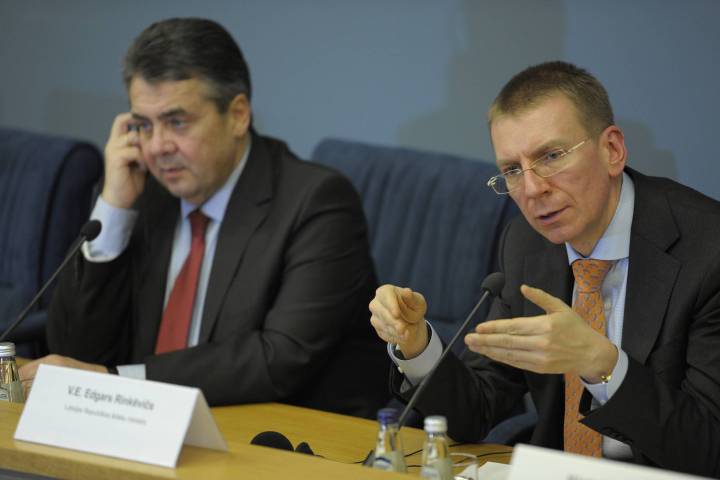
Unlike other missions, however, Spanish troops will not be patrolling the area this time. Instead, they will simply prepare themselves for action.
“All our activities, maneuvers and target practices will be announced ahead of time, so nobody can claim that they hadn’t been warned. We expect reciprocity from the other side,” said the general, alluding to Russia.
“We have clear instructions to keep a defensive profile, avoid provocation and not come near the border.”
Although less numerous than Canada’s own contribution of 450 troops, General Dacoba said that the Spanish contingent is the strongest “in terms of capacity and power” of all the groups being deployed in Latvia.
The mission guidelines are clear: keep a defensive profile and avoid provocations
Spain is sending six Leopard tanks and 14 Pizarro tanks, which are superior to the Polish PT-91 (which is based on the Soviet T-72) and to the Piranha and Freccia armored vehicles contributed by Canada and Italy.
A Spanish commander will be the number-two official in command, and another will be in charge of training. A Spanish captain will head the sapper unit. Spain is also contributing 12 tracked armored personnel vehicles, support weapons (including mortars and Spike anti-tank guided missiles) and drones.
Dacoba is not contemplating the theory of a Russian attack on Latvia, but he admits that, were one to take place, the troops stationed there would have to contain the first advance until reinforcements arrived. “In order for deterrence to work, it has to be credible,” notes Dacoba. “Otherwise, it could have the opposite effect.”
English version by Susana Urra.
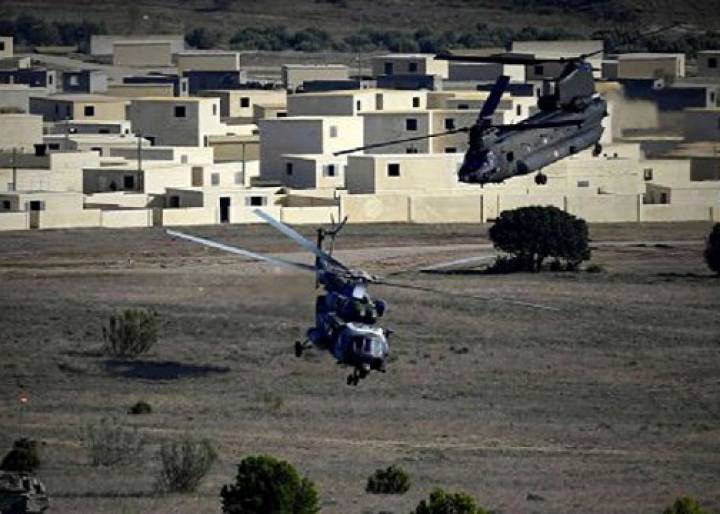
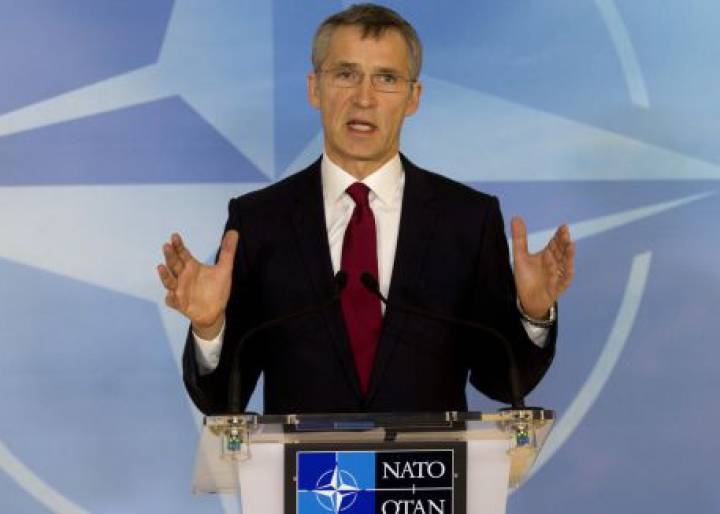
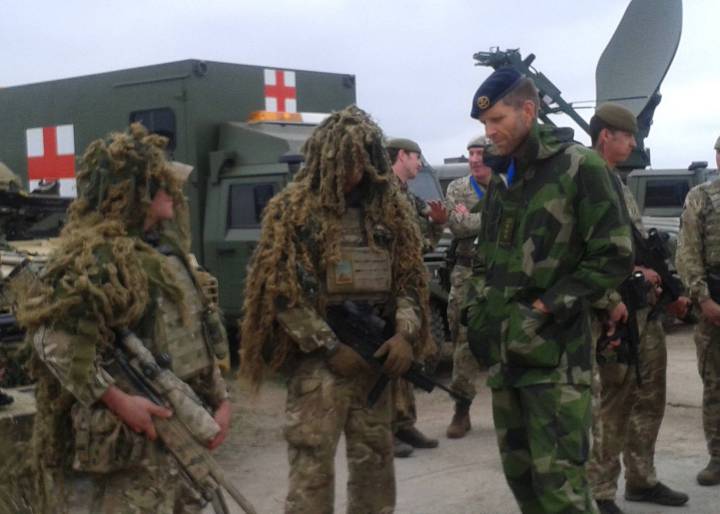
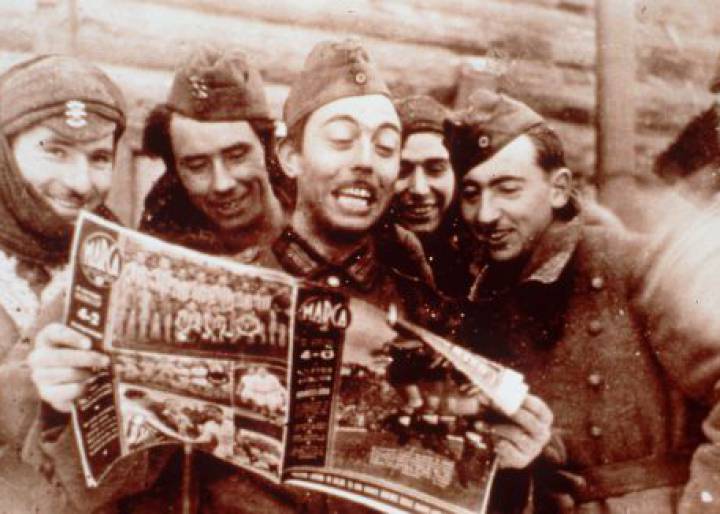





































No hay comentarios:
Publicar un comentario